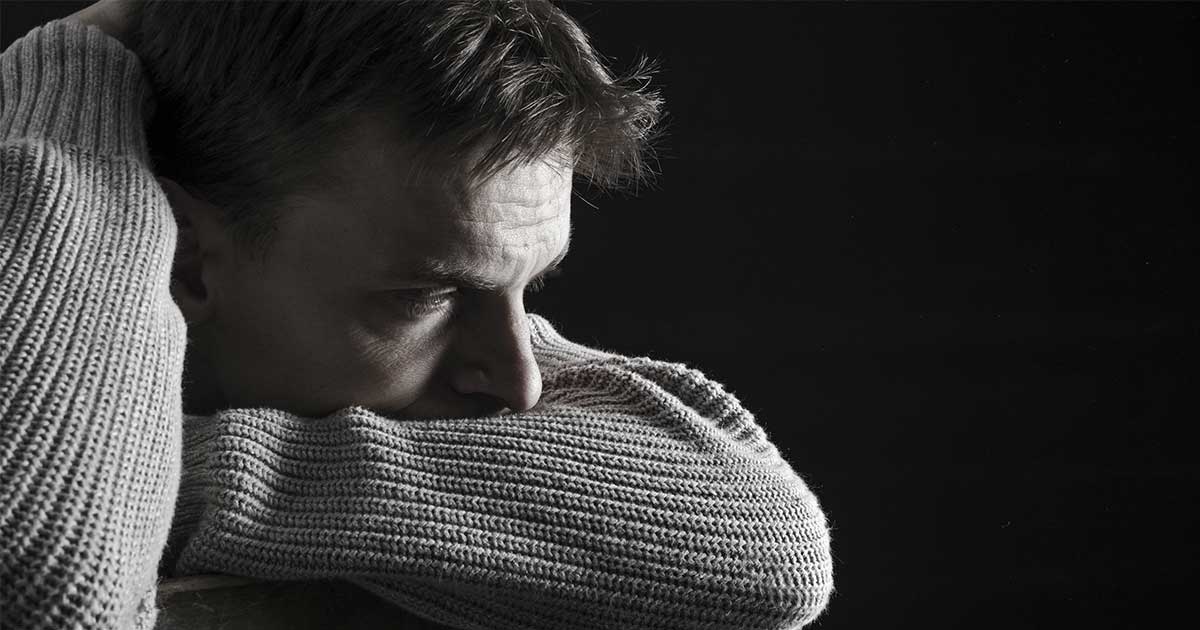Methods Of Treating Sleep Paralysis
Sleep paralysis is a condition that occurs when an individual is awake but feels unable to move. It comes on when individuals pass between the normal stages of sleep and wakefulness. During the body's transitions through the sleep-wake cycle, patients might be unable to speak or move for anywhere from a few seconds to several minutes. Some patients feel like they're choking or like there's pressure on their body. Sleep paralysis sometimes occurs alongside sleep disorders like narcolepsy, but it can also occur on its own. When caused by another disorder, treatment should focus on that disorder. However, there are treatment methods available when sleep paralysis occurs alone.
Treat The Underlying Mental Health Condition

It's important to treat any underlying mental health condition that occurs alongside sleep paralysis. Sleep paralysis can be a very frightening experience. It sometimes manifests with hallucinations if a patient's brain hasn't yet realized they aren't still dreaming. In the past, this led researchers to believe sleep paralysis was caused by mental health issues like anxiety and depression. However, the research about this is mixed.
Some studies indicate individuals with depression and anxiety might have a higher susceptibility to sleep paralysis, while other studies show no particular correlation. It's also possible sleep paralysis might cause depression or anxiety, not the other way around. Some researchers also believe individuals who experienced abuse early in life might be more susceptible to sleep paralysis.
